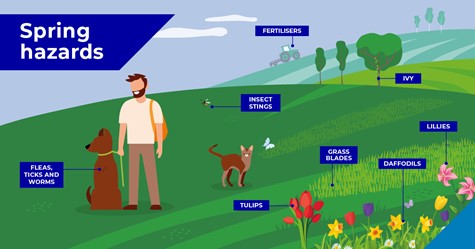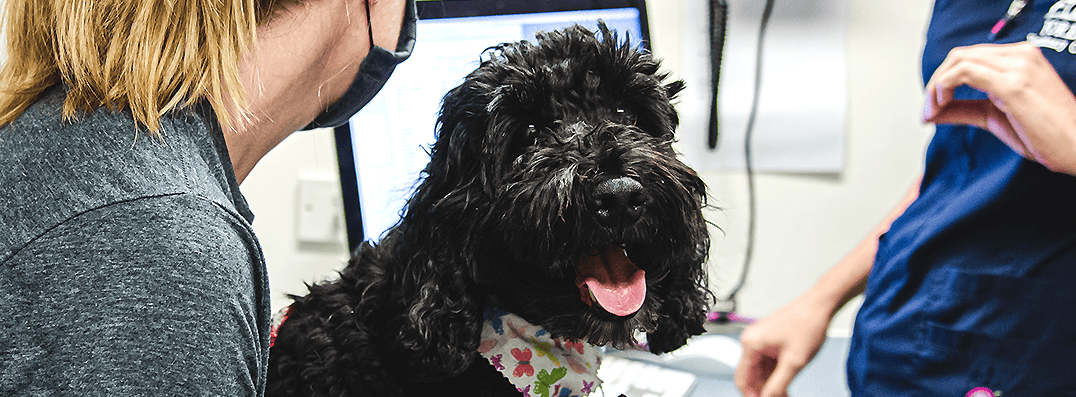Cats commonly experience four types of allergies: insects (fleas), food allergies, atopic dermatitis (triggered by house dust, pollen, and moulds) and contact allergies. While they exhibit shared physical expressions and signs, each allergy type also presents unique features. If you believe your cat is showing signs of an allergy, then speaking to a vet at Forest Vets to help you find a solution for making your cat more comfortable and improving their quality of life.
Forest Veterinary Centre News / Blog

Keeping your pet's claws trimmed is an essential part of their overall health and wellbeing. Long nails can cause discomfort, make walking difficult and even lead to accidental injuries to both you and your pet.
While clipping your pet's claws might seem daunting at first, with a little practice and the right approach, it can become a quick and stress-free experience for both of you. Here at Forest Vets, we're dedicated to helping you provide the best care for your pet, therefore, this guide offers some helpful tips and tricks for clipping your pet's claws safely and effectively.


Ask most veterinary practices and they will tell you that their Registered Veterinary Nurses (RVNs) are at the very heart of everything they do. Such is the respect for RVNs that a whole month is dedicated to celebrating their roles – Veterinary Nurse Awareness Month takes place every May and is recognised worldwide.

A frequent question asked is whether cats should consume canned or dry food.
Fortunately, many commercial cat foods offer an excellent nutritional source, whether in the form of dry or wet cat food. However, hinges on various factors, including weight, health conditions and budget.
Deciding whether to opt for dry, canned or a combination of both is a choice you and your vet or nurse can collaboratively make to ensure the optimal health of your cat. Here's some advice on the comparison between wet and dry cat food.

A patient care assistant works alongside and supports the whole practice team to achieve the highest standards of patient care. Under the direction and supervision of a veterinary surgeon or registered veterinary nurse (RVN) they will assist with monitoring of inpatients, infection control and handling animals safely for procedures such as injections, blood samples, bandage changes and nail clipping.

Like many people dread going to the doctor, the vet can be a source of anxiety for our pets. Luckily, there are steps you can take to alleviate some of the anxiety your pet feels when it senses a vet visit is coming up.

Springtime allergies are not simply a problem for people; they can also affect pets. Pets can experience seasonal allergies in the springtime, just like people can. To keep their furry friends healthy and comfortable, it’s good for pet owners to know about the signs of springtime allergies in pets and how to treat them. The signs and remedies for pet allergies in spring will be covered in this blog.

Spring is an exciting time for most of us, pets included! Lighter nights mean more opportunities for being outdoors. To ensure a happy and safe season for your animals, take a minute to make yourself aware of hidden dangers which could lead to a poorly pet.

Eight out of ten dogs, according to research, have trouble adjusting to being alone. Yet, half won't exhibit any overt symptoms, making it easy for owners to overlook.

From skin irritations to digestive issues, understanding and addressing common allergies in dogs is essential for ensuring their wellbeing. In this blog, we delve into the world of canine allergies, exploring their types, symptoms and effective management strategies.

